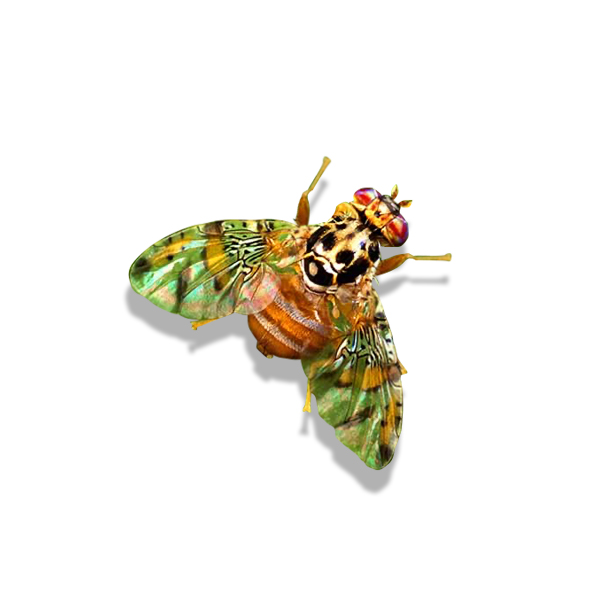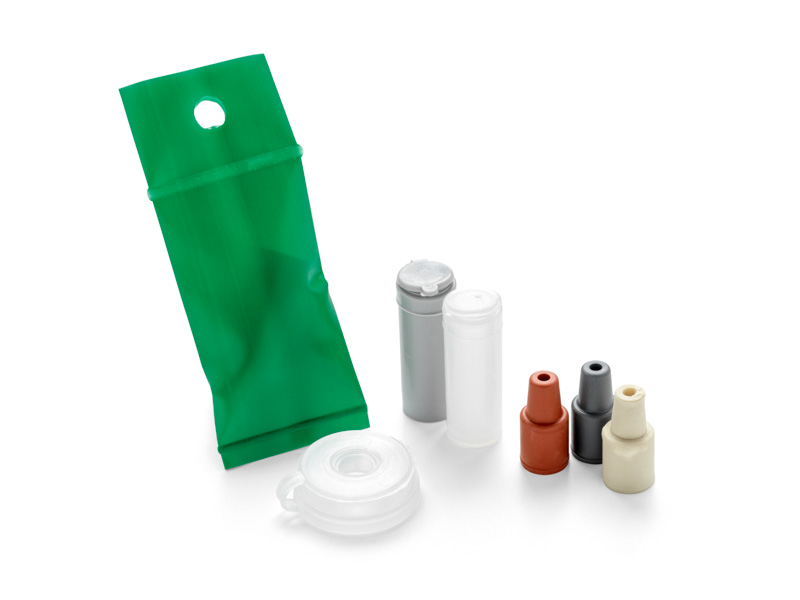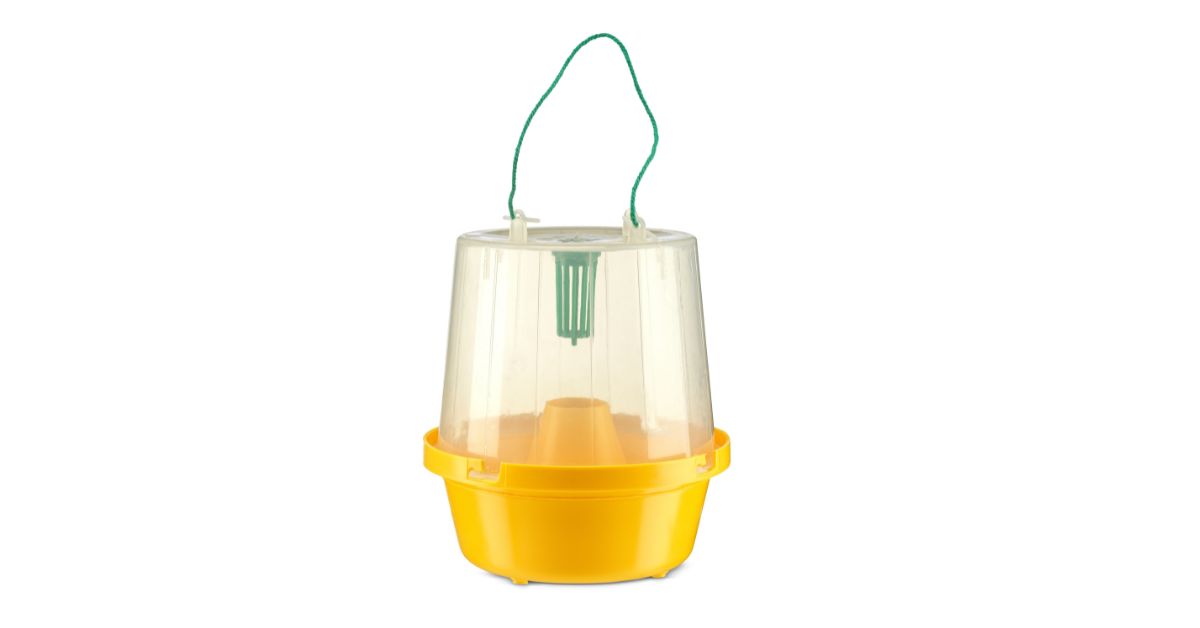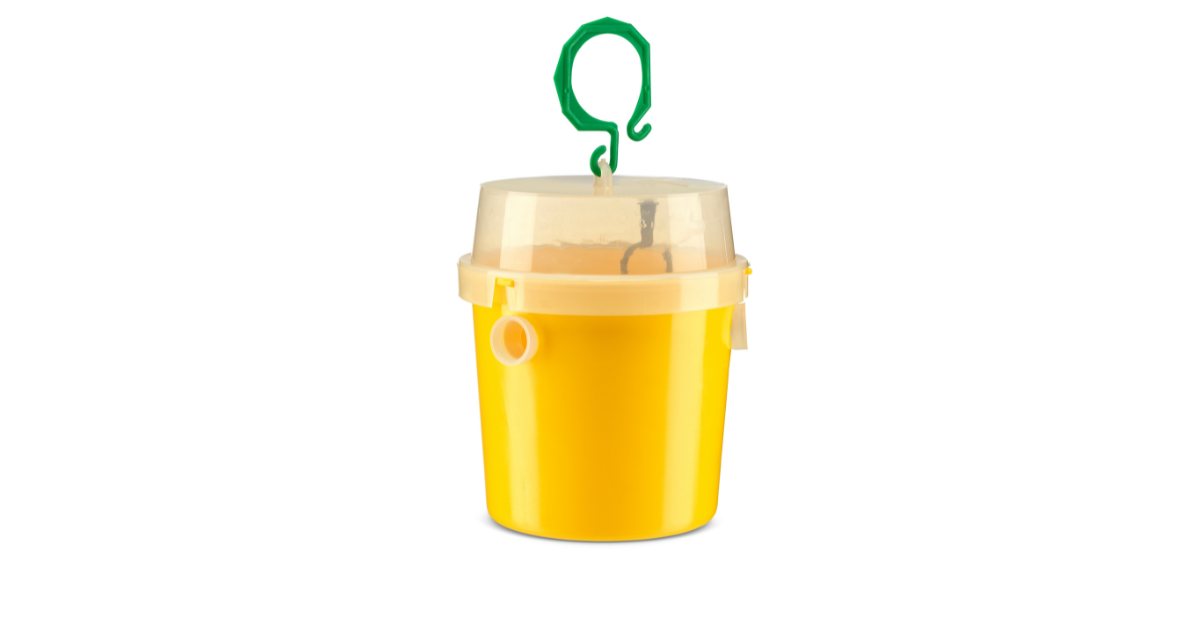The Mediterranean fruit fly Ceratitis capitata attacks citrus fruits, stone fruits and more than 260 different vegetables, fruit, citrus, pome fruits, stone fruits, berries and nuts. This fruit fly species originated in the Mediterranean and in countries such as Jordan and Lebanon. The pest is currently distributed across Central and South America, Europe and Northern Asia, the Mediterranean Basin and Africa.
Larval feeding in fruit is the most damaging to crops. The larval tunnels provide entry points for bacteria and fungi that cause secondary infections and result in fruit rot.
Biology
Adult Ceratitis capitata live for up to ~2 months. Adults are 3.5 – 5mm and have banded wings. They are yellowish in colour with a tinge of brown. Live flies usually hold their wings in a drooping position. The wings are broad, transparent and glassy with black, brown and brownish yellow markings.
Eggs of Ceratitis capitata are laid below the skin of the host fruit. The eggs are long and smooth and 1/25 inch long. They hatch within 2-4 days. Each female will deposit 2-10 eggs. Each female can lay up to 800 eggs during her lifetime.
The complete life cycle can be completed in 20 days.
Larvae are whitish, with 3 developmental stages called instars. They grow up to 9mm long and feed for 6-11 days. The ideal conditions for the growth of Ceratitis capitata is between 13 and 28 degrees C.
Pupation takes place in the soil an inch or two below the surface under the host plant. This stage lasts for 6-11 days at 24-26C. Pupae are about 5 mm long, cylindrical and dark brown.
Ceratitis capitata will not survive sub-zero winter temperatures.
Nature of Damage
Ceratitis capitata is highly polyphagous and causes damage to a very wide range of unrelated fruit crops. In Mediterranean countries it is particularly damaging to citrus and peaches.
Ceratitis capitata transmits fruit-rotting fungi. Adults puncture the protective skin of fruits to lay eggs, allowing fungi to infest the crop.
Larval feeding damage in fruit is the most damaging. Mature attacked fruit may develop a water-soaked appearance. Young fruits become distorted and usually drop. The larval tunnels provide further entry points for bacteria and fungi that cause the fruit to rot.
These maggots also attack young seedlings, succulent roots, stems and buds of the plants.





